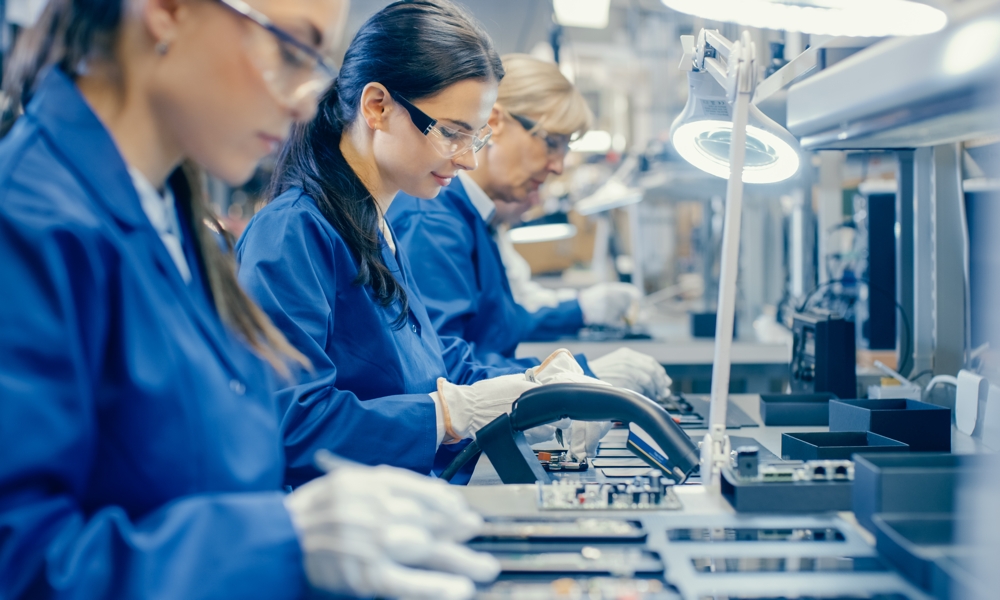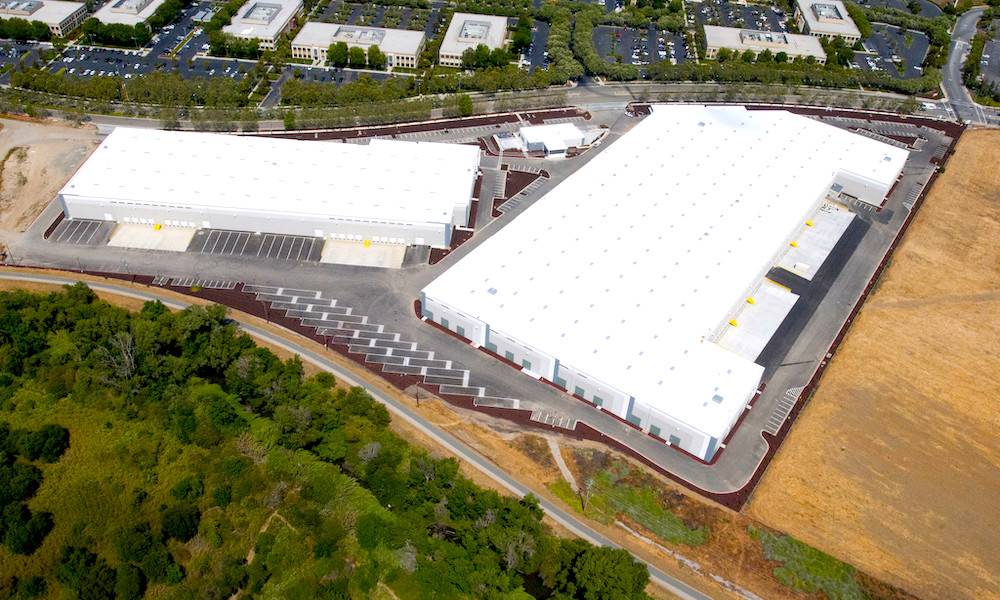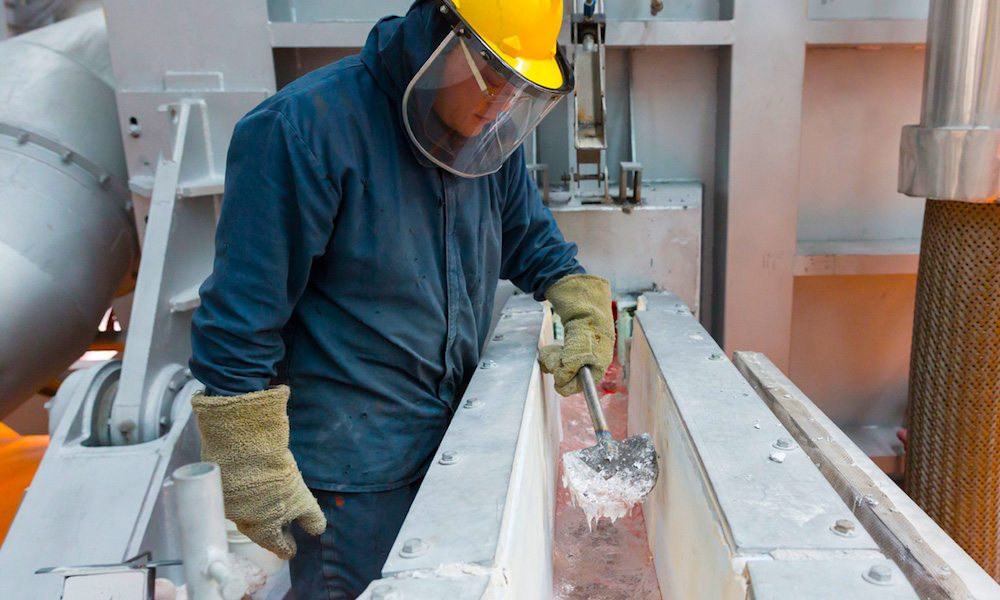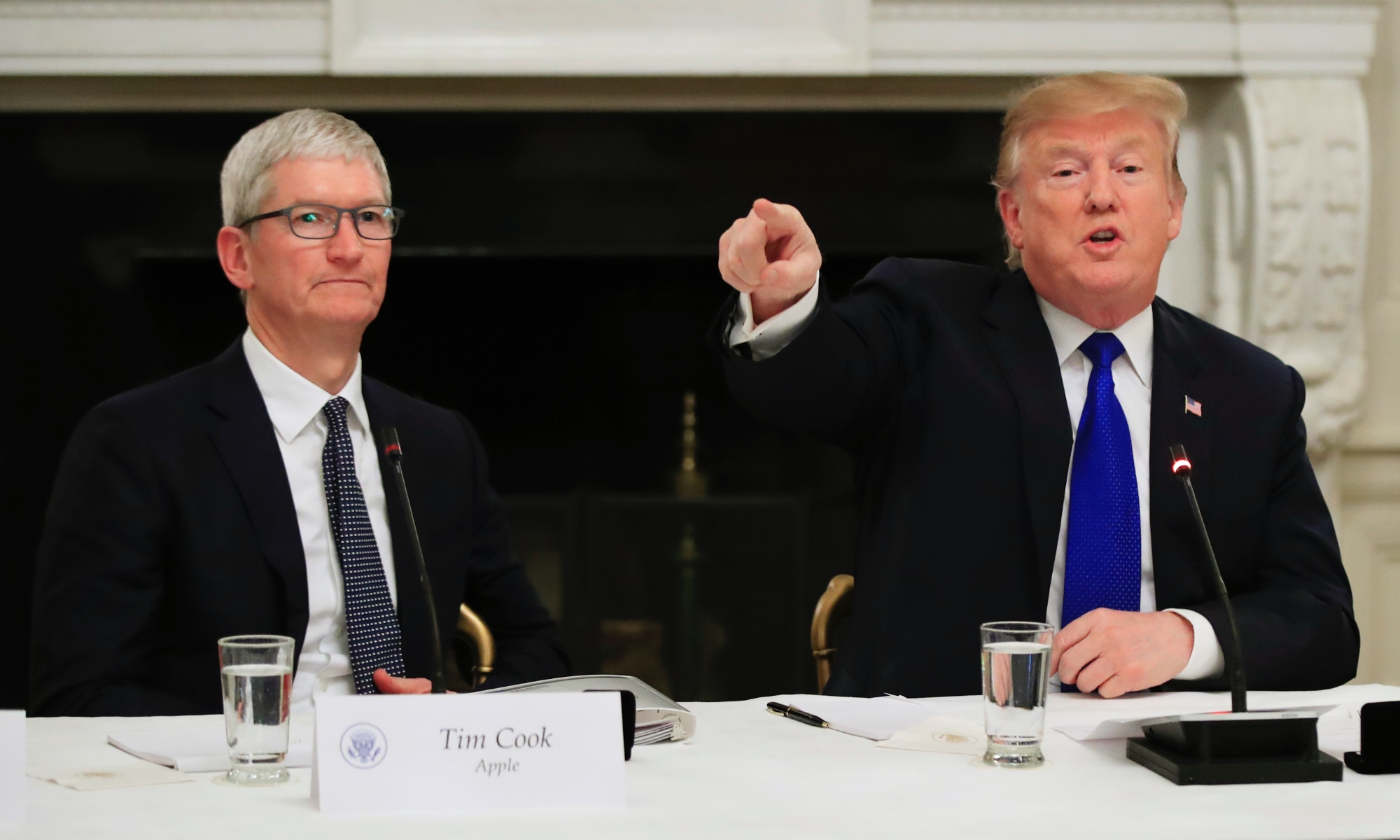Apple Could Make iPhones in the US — At Twice the Price
 Credit: Gorodenkoff / Shutterstock
Credit: Gorodenkoff / Shutterstock
Toggle Dark Mode
Potential iPhone price increases from the Trump Administration’s ongoing trade war might seem scary, but they’re nothing compared to what a US-made iPhone would potentially cost.
While we’ve seen some crazy, exaggerated numbers over the years, suggesting that a “Made in the USA” iPhone could have a five-figure price tag, analysts at the Bank of America have crunched the numbers and come up with a more reasonable estimate.
There’s still some serious sticker shock here. If the figures are correct, the price of an iPhone produced in the US would nearly double under the current tariff regime.
The estimate, reported by Bloomberg, was shared by BofA analyst Wamsi Mohan in a note to clients on Wednesday. Mohan noted that the higher labor cost in the US would account for a 25% increase even in the absence of trade restrictions. However, in the current climate of “reciprocal” tariffs, the total increase would be closer to 90%, as not everything that goes into an iPhone can be sourced in the United States.
Earlier this week, President Trump said he “absolutely” believes Apple could manufacture iPhones in the US, and Mohan technically agrees. However, there’s a difference between what’s possible and what’s practical, and the BoFA analyst likely has a different view of things from the President. The cost increases and logistical headaches of moving any iPhone production to the US make it unlikely the company would ever do so.
Leaving aside the laborious process of setting up new manufacturing and assembly plants in the US — none of which would likely happen before the expiry date of the Trump Administration — BoFA analysts believe a “significant portion” of parts would still need to be assembled in China and imported to the US, thereby facing reciprocal tariffs. That includes as many as 30 minerals and rare earth elements, many of which can’t be found under US soil.
The US has strong production and reserves for minerals like boron, copper, gold, iron ore, silicon, silver, and zinc, and promising potential for lithium, magnesium, nickel, and titanium, several other minerals crucial for iPhones, such as arsenic, gallium, natural graphite, indium, manganese, tantalum, and tin, rely heavily on imports. However, even those minerals that are technically available in the US aren’t necessarily plentiful or of sufficient quality.
For example, no domestic mining of bauxite, the ore from which aluminum is extracted, occurs in the US. Smelting capacity has also decreased, and production relies on the import of refined bauxite from other countries. The US Geological Survey (USGS) lists Bauxite reserves at 20 million tonnes, much of which comes from lower-grade aluminum recovered from scrap metal. According to the USGS, 52% of aluminum imports from 2019-2022 came from Canada — a major US trading partner the Trump Administration hit with 25% tariffs on aluminum and steel in March.
Realistically, the only way Apple could relocate its final assembly of iPhones to US facilities would be for the Trump Administration to waive tariffs on components and sub-assemblies manufactured outside of the country. While Mohan adds that he doesn’t see this happening, President Trump recently conceded that he might consider some exemptions for countries “hit harder” by tariffs.
Trump made the comments during a photo op with racecar drivers and team owners ahead of the 2025 Daytona 500. When asked whether he would consider exempting some US companies who have been “hit hard in the markets,” the President responded that “As time goes by, we’re going to take a look at it. There are some that by the nature of the company get hit a little bit harder, and we’ll take a look at that,” while adding that it’s not something that you can “take a pencil to paper” on, but that he’ll decide on it “instinctively.”
Ideally, Apple would get a blanket exemption on the import of finished products from China, as it did in Trump’s first term, when CEO Tim Cook made what Trump called a ‘good case’ against tariffing Apple products on the basis that Chinese tariffs would put Apple at a disadvantage to foreign competitors like Samsung. However, the trade war was exclusively focused on China back then. Samsung phones come from South Korea, which now also faces tariffs, albeit to a far lesser degree than China’s, which jumped to 145% today.
Nevertheless, even if the Trump Administration agrees to exempt the components needed for US iPhone assembly, many other factors are in play. “Unless it becomes clear as to how permanent the new tariffs are, we do not expect Apple to take the step of moving manufacturing into the US,” Mohan said, adding it’s far more likely that “Apple will continue to diversify its supply chain, and also increase production of iPhones in other countries such as India.”
While customers are rushing Apple Stores to buy iPhones before prices go up, most analysts believe that won’t happen anytime soon. Apple flew planeloads of inventory into the US ahead of the tariffs, with some reporting up to 600 tons. However, Apple sells 50 tons of iPhones per day, on average. Still, every bit of savings Apple can pull off will make it easier for the company to weather any cost increases caused by the new tariffs. The iPhone 16 isn’t likely to jump in price, but this fall’s iPhone 17 lineup could be an entirely different story if things haven’t changed by then.










